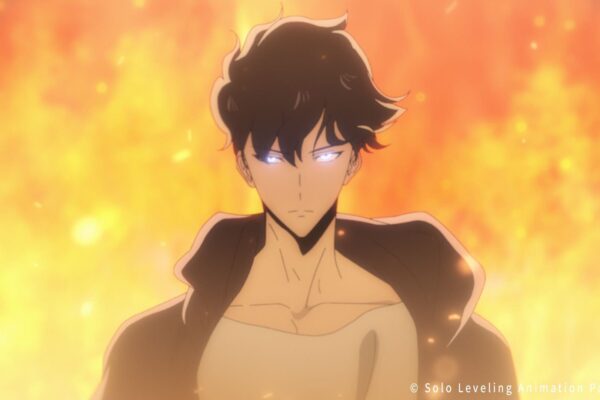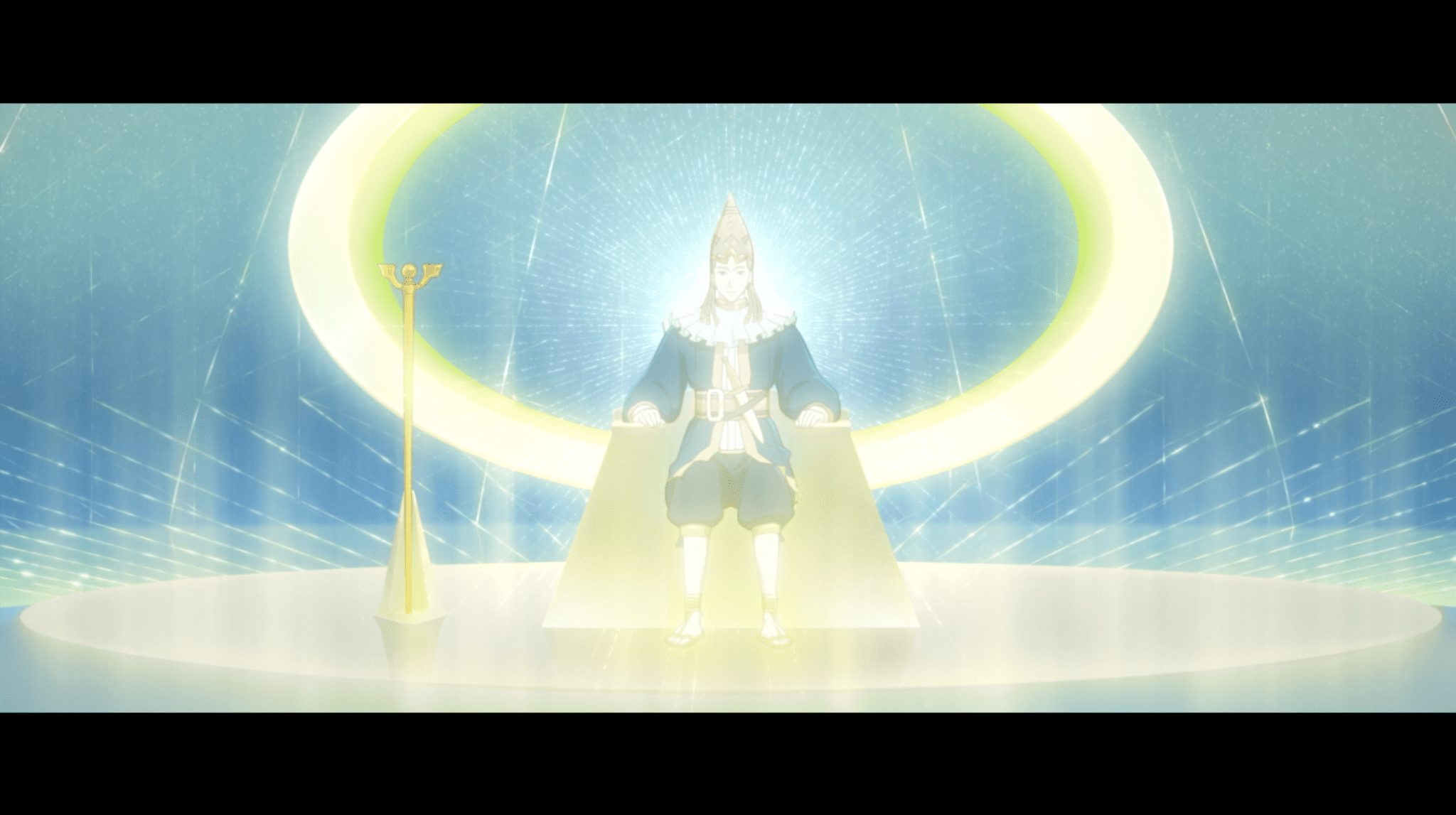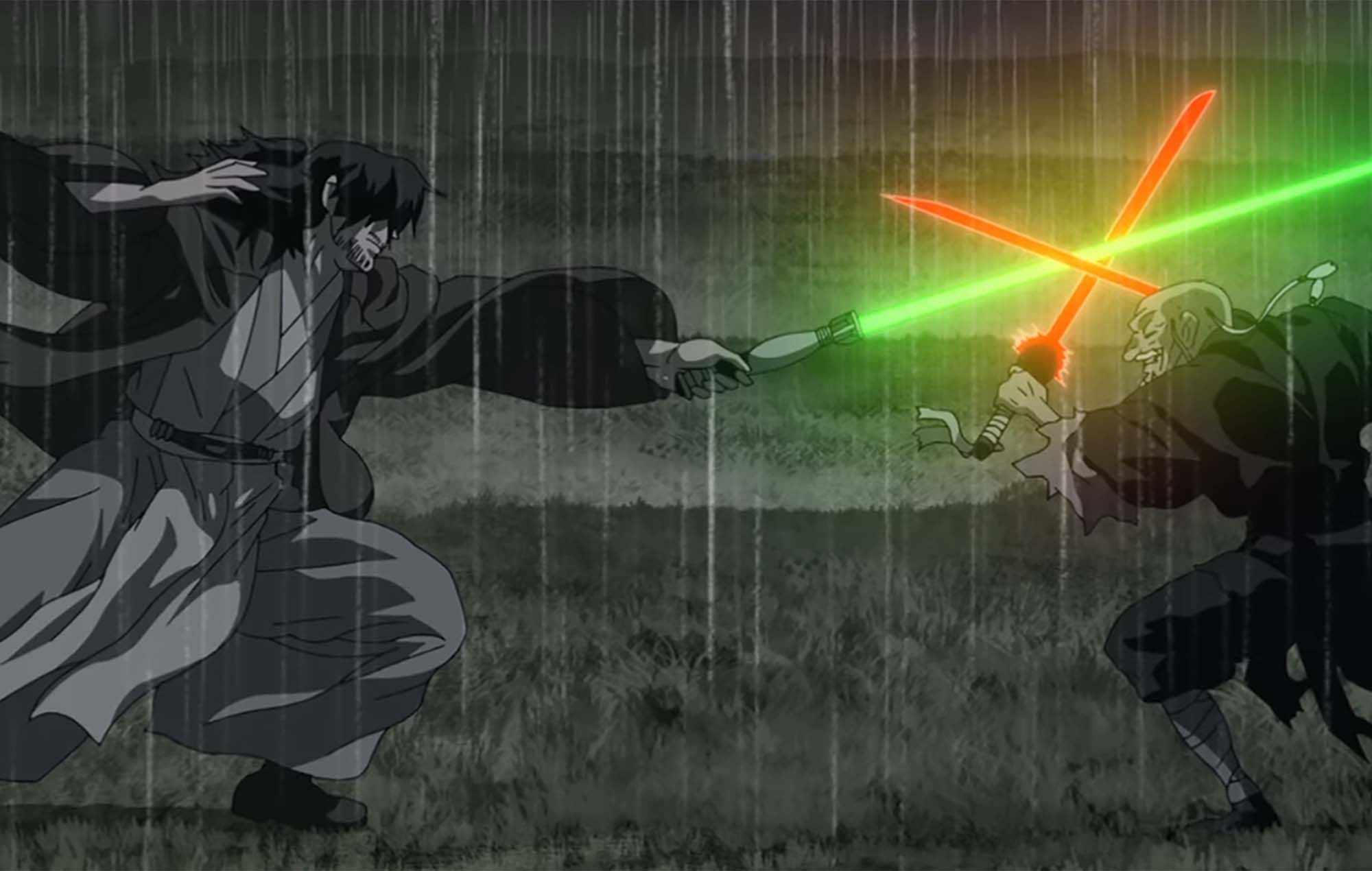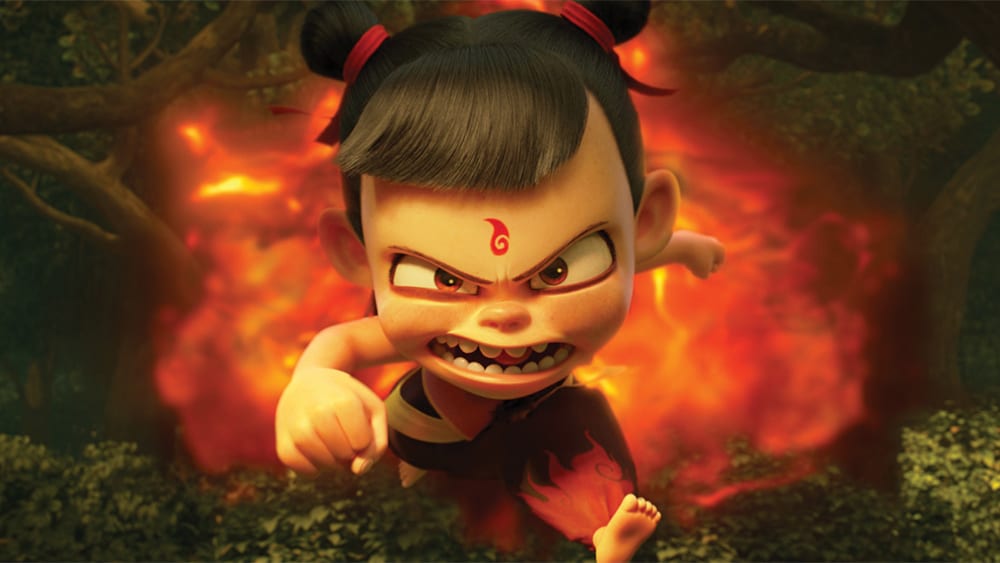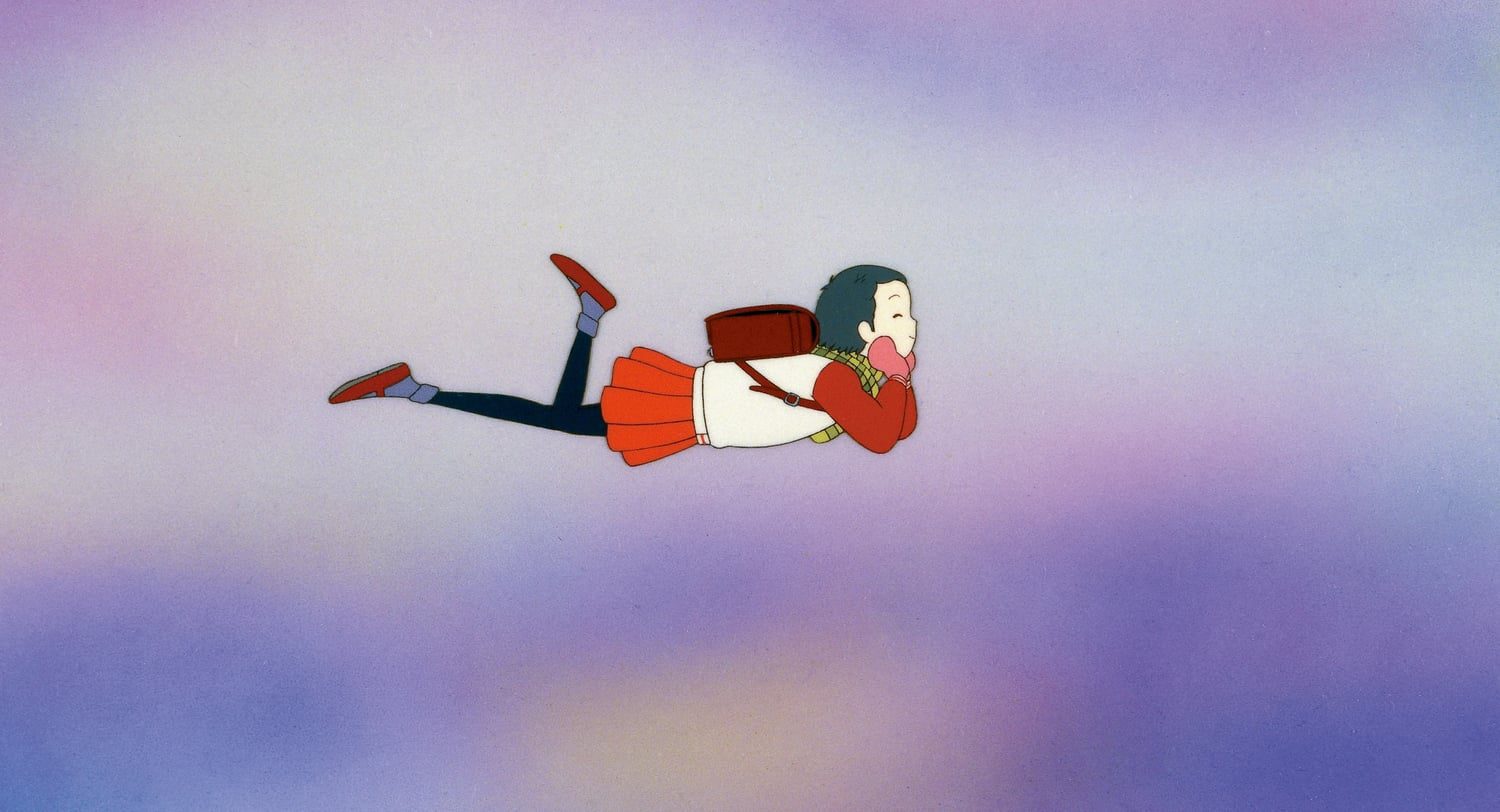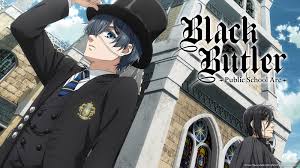
Black Butler: Public School Arc – School can be Death
The social politics of school has always been difficult to navigate… but Black Butler takes it to another level. Black Butler: Public School Arc reunites Ciel Phantomhive (Brina Palencia) and his demonic servant, Sebastian (Michael Tatum) as they infiltrate Weston College, Great Britain’s most prestigious public school. Tasked with uncovering why multiple students—including the son of the Queen’s…

